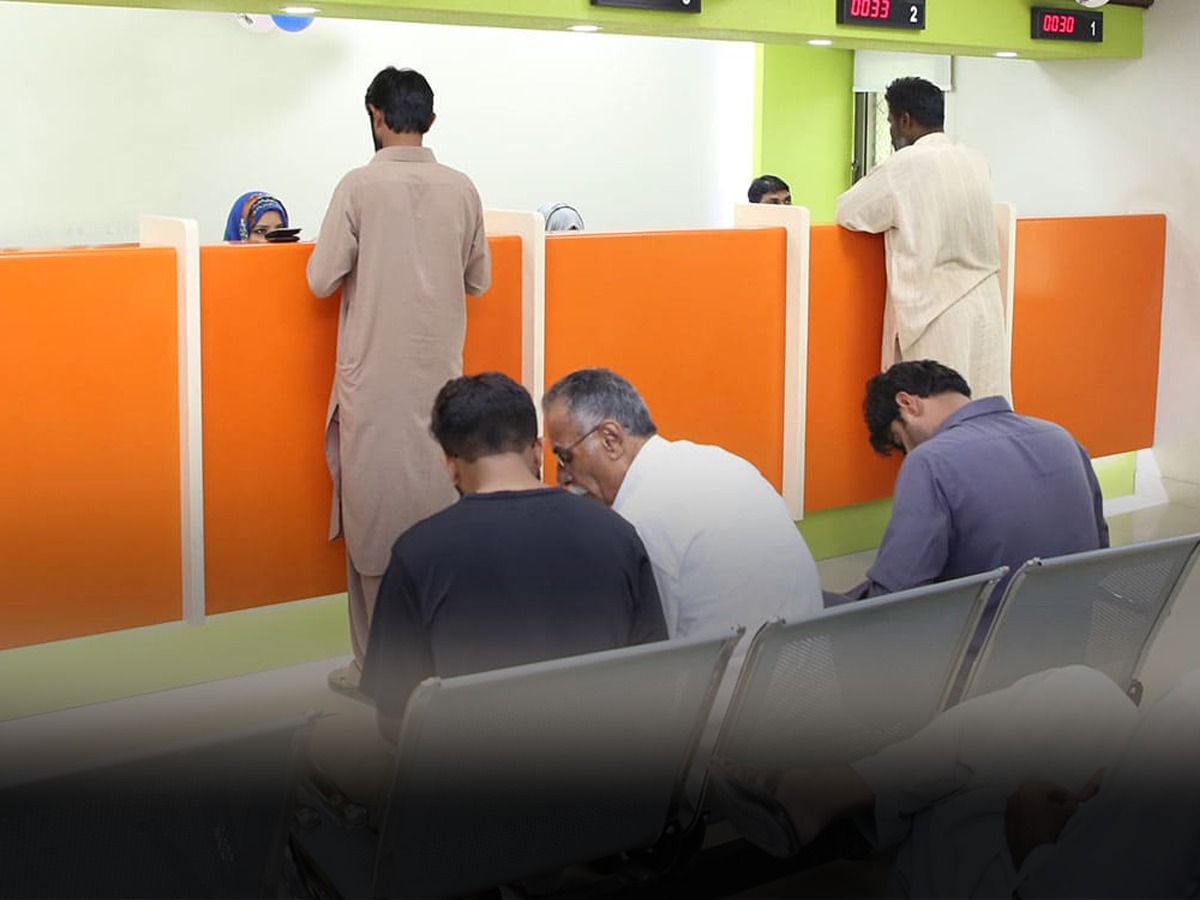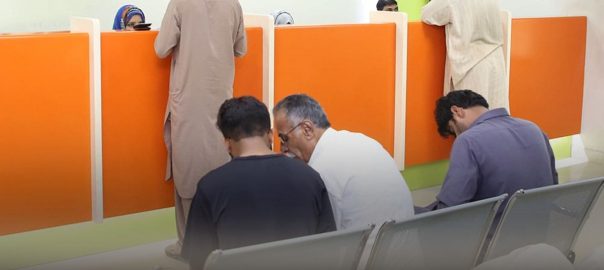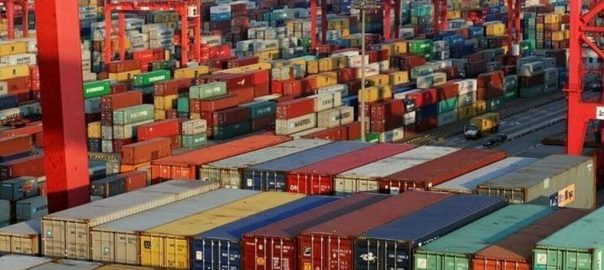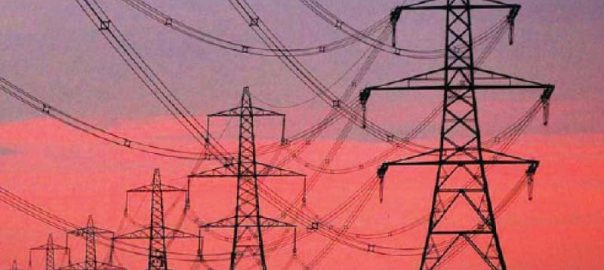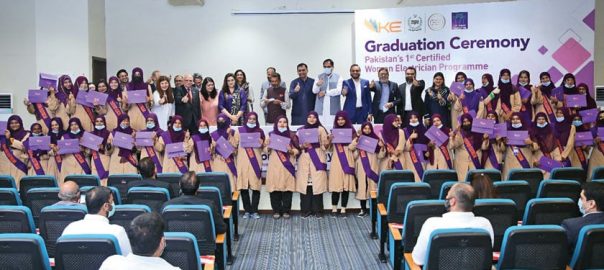The hall echoed with the round of applause as Soffia was summoned to the stage. As she stood and walked gracefully towards it, her face glowed with glee as it was indeed a moment of tremendous pride. She had made it among the first 40 Certified Female Electricians of Pakistan under K-Electric’s ‘Roshni Baji’ Community Ambassador Program. She, along with her 39 other colleagues, had technically qualified to enter a sphere that remained male-dominated for decades until that day.
“Before stepping into this profession, electrical work always appeared daunting to me, and I always believed that it was not for women. But now, after becoming a certified electrician, it is all possible,” shared Soffia with a smile, who lives and promotes her services in the vicinity of Malir.
As the world continues to shift towards digitalisation and welcomes new technologies every day, our consumption and reliance on electricity has increased across the globe. This is why there is a growing need for certified electricians around the world, including Pakistan; and they considered relatively better-paid tradespersons. However, there has always been a stereotype attached to this profession that barred women at large from entering it. As a result, women continue to face obstacles while entering this field even in the countries as advanced as the United States, where the percentage of women electricians remains as low as 2.4 per cent. In the United Kingdom, the figure equates to just one per cent of the entire contingent of electricians. While the numbers are painstakingly low even in the most developed economies of the world, the concept of having women in this profession remained unheard of in Pakistan, until recently. Women’s participation in the labour force stands as low as just 23.8 per cent and even lower in the power sector. However, Soffia and her colleagues are changing the dynamics.
After completing their certification that entailed 8,000 hours of training, these female electricians are able to successfully deploy complete internal wiring on a single-phase supply of up to 5kW from the electric utility’s meters to the distribution board of a home. Additionally, they have been trained to calculate the load and energy consumption of appliances, which can be used to ensure that the electricity supply inside homes is safe and reliable. They are also creating awareness on energy conservation practices as well. Along with the aforementioned technical knowledge, these successful applicants have also been trained in self-defence, how to ride and maintain a motorcycle. They are provided with toolboxes that contain all the necessary tools to deal with different kinds of electrical work and get a head start in their journey as electricians.
Through their efforts, these women electricians are not only breaking gender stereotypes but also gaining financial independence by providing a service to the communities, where homes are predominantly occupied by women during the usual work hours of the day.
Shahida, (name concealed to retain privacy), a homemaker living in the vicinity of Malir, praises the concept of women electricians. “Having a female electrician in the neighbourhood is a great convenience. She is easily accessible, affordable, and most importantly, gives women at home this comfort to get work done even during the daytime when the men are usually not present. I have gotten multiple electrical problems resolved through a Roshni Baji in my locality and she handled them without any hassle,” she enthuses.
While commenting on how becoming an electrician has widened her revenue stream, Soffia informs, “I am a single parent of a four-year-old girl, and my parents, especially my paralysed father, mainly depend on me. Due to personal circumstances, I was unable to complete my education and couldn’t appear for my second year’s exam for B.Com. I also had no technical skills. After becoming an electrician, I know I have learned a genuine skill that has not only given me confidence but has also brought me various work opportunities to earn a better living and support my family financially.”
Although, the journey of becoming an electrician for Soffia and her colleagues was not as easy as it sounds, many raised their eyebrows at them before society finally accepted them. “At first, people in communities that I served were quite sceptical of women in this profession. They did not even believe that I could help them. However, with time and compassion, I was able to win their hearts. Now, wherever I go as part of my work, I am treated with tremendous respect and admiration,” narrates Soffia.
Soffia is also convinced that beyond the preconceived notion of masculinity associated with this profession, it is an easily doable job for women and believes more and more women should be made aware of it through the power of communication. “I believe the information about women electrician programme should spread far and wide. I am currently running a page on Instagram to promote my learnings as an electrician and intend to create a similar page on YouTube as well, to let other women know that dealing with electrical work is not as hard as it seems. If I can do it, other women can do too.”
Becoming professional electricians, these women have not only found it monetarily rewarding but they have also started to feel self-sufficient. “Among many work projects that I am receiving these days, the one that I recently completed was at my own mother’s shop. She runs a small shop that required a complete renovation of electrical installations, which I did myself. I am glad that I was able to support my mother without the need for any external help. It was a moment of ultimate satisfaction for me”.
“Every work sounds difficult unless you do it with passion”, says Shumaila Shahid, another certified female electrician under the Roshni Baji Community Ambassador Program. Living and working in Taiser Town, Shumaila is a Graduate and has worked in different professions before but now she has found her real passion in the electrical field. “I have a diverse experience of working as an administrator in schools, a receptionist in a hospital, and a finance assistant in a private organisation. But the joy of being self-employed and creating a difference in the society are a couple of reasons that drove my passion to be among the first female electricians in Pakistan,” tells Shumaila.
While highlighting her experience in this field so far, Shumaila elucidates, “Even though, I feel blessed as my entire family including my husband supported me with my decision of becoming an electrician, I was hesitant at first. But later on, I realised that majority of the people already recognise me in the area where I work and are quite welcoming. All in all, my experience has been very smooth so far, and I am quite satisfied in this field. I will continue to grow in it.”
Even though this initiative of the Female Electricians Program is led by K-Electric, the major chunk of credit goes to National Electricity Power Regulatory Authority (NEPRA), under which the vision of diversity and inclusion, organisations in the power sector continue to undertake such bold initiatives. Along with regulating the industry, the Authority is promoting the inclusion of women in the power sector as an added objective. During the graduation ceremony of female electricians, Chairman NEPRA, Mr Tauseef H. Farooqi said that the Authority is persistently working to ensure better women representation at all levels within the sector. Apart from ensuring compliance by regulated organisations on all aspects, they have a special focus on health, safety and Customer Social Responsibility, which the Regulatory Authority promotes as ‘Power with Safety’ and ‘Power with Prosperity’ respectively. He had further said that around the world, women’s participation in careers associated with the energy and power sector remains painstakingly low, and NEPRA is making efforts to change that within Pakistan to further strengthen its image in the world.
On the face of it, this entire model appears to be easily adaptable for other Distribution Companies (DISCOs) as well. It is also a good sign that Mr Tauseef Farooqi and members of the Authority see the Roshni Baji Program as a pilot project and envision to expand it to other parts of the country. If other companies operating in the power sector also launch similar initiatives, we will be seeing more and more women making their way to various such non-traditional roles in all parts of the country.
As these amazing women delve into their careers, we can finally see the light at the end of the tunnel. With their courage and confidence, they serve as role models for other women who are looking for different opportunities. If women are consistently provided with an encouraging environment, their success can serve as a catalyst for increased participation of women in careers related to Science, Technology, Engineering, and Mathematics (STEM).

